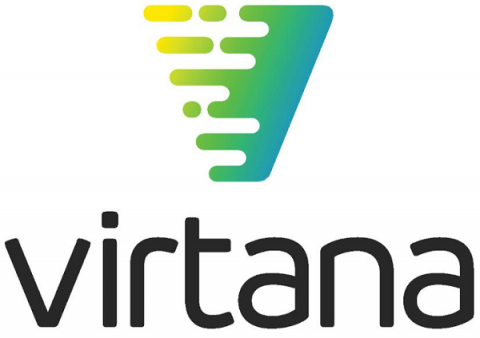Hybrid Cloud Infrastructure: A Complete Migration, Cost Management, and Optimization Checklist
The success of your enterprise’s digital transformation relies in no small part on your hybrid cloud infrastructure, which SearchCloud Computing defines as “a cloud computing environment that uses a mix of on-premises, private cloud and third-party, public cloud services with orchestration between these platforms.” Because this infrastructure is not a homogeneous environment, migration, management, and optimization can be an ongoing challenge.





